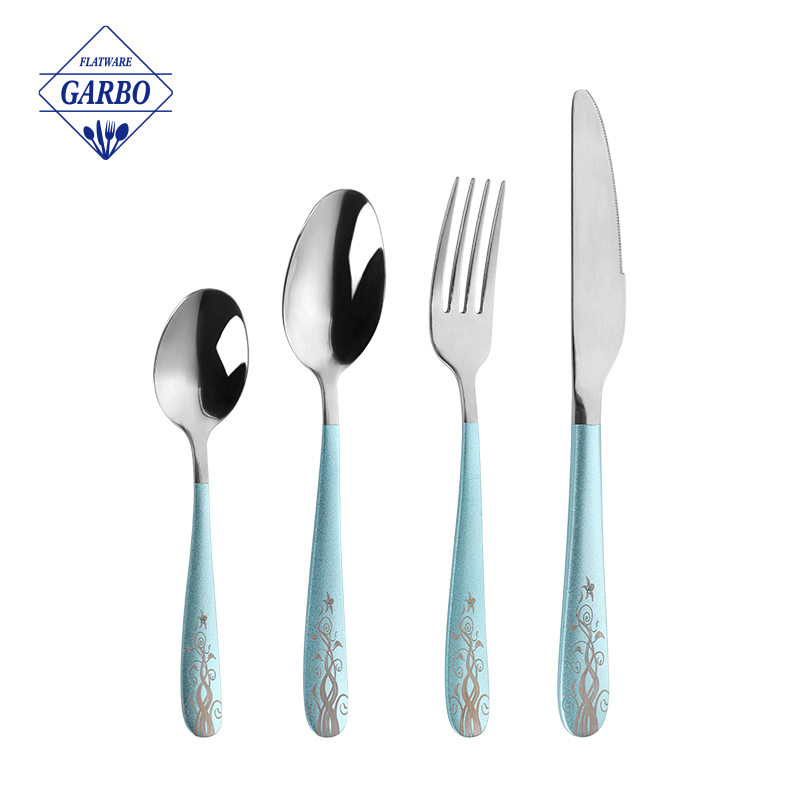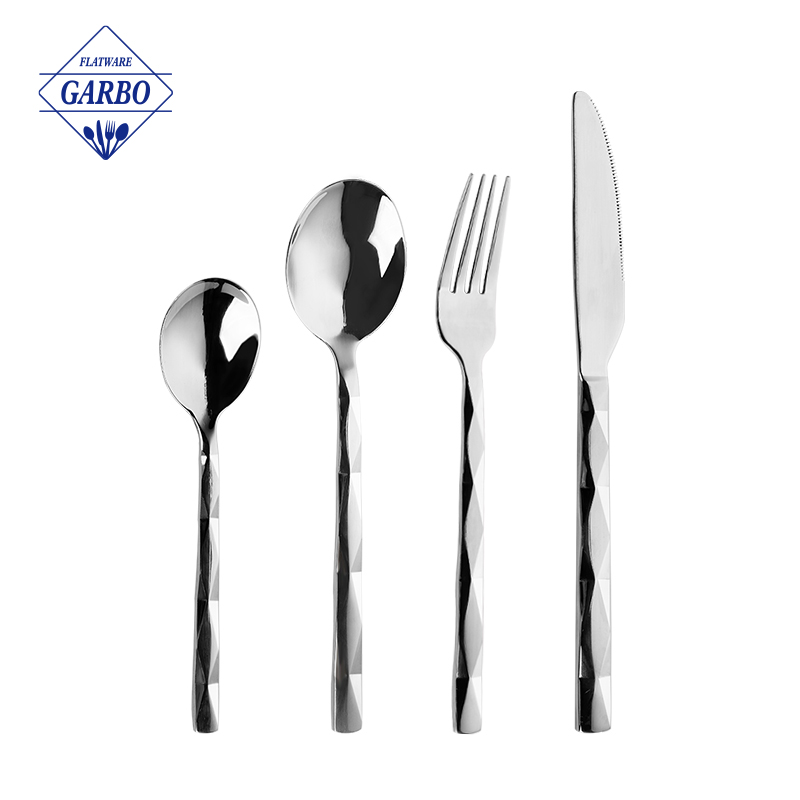Pulished on Apr. 01, 2024
Cutlery, the humble yet essential tools we use for dining, holds a rich tapestry of cultural significance across the globe. From the intricate rituals of formal dining to the everyday customs of communal meals, the variations in cutlery usage provide a fascinating insight into the diverse traditions and etiquettes of different cultures.
Table etiquette, the set of rules governing polite behavior during meals, varies widely among cultures and societies. Cutlery plays a central role in these etiquettes, dictating how food should be consumed and interactions maintained during dining.
In Western cultures, for example, the use of specific utensils follows a formal hierarchy, with forks placed to the left of the plate and knives and spoons to the right. The "continental" or European style of dining involves holding the fork in the left hand and the knife in the right throughout the meal, while the "American" style alternates hands as needed. These subtle differences reflect historical influences and societal norms.

In contrast, Asian cultures often employ chopsticks as the primary eating utensil, each with its own set of customs and manners. For instance, in Japan, it's considered impolite to pass food directly from one pair of chopsticks to another, as this resembles a funeral ritual. Instead, communal serving utensils or the reverse end of chopsticks are used for transferring food.
The designs of cutlery are deeply rooted in cultural heritage, showcasing unique aesthetics, materials, and craftsmanship passed down through generations.
In Europe, ornate silverware often graces formal dining tables, with intricate patterns and motifs symbolizing wealth and status. Traditional designs may feature floral engravings, filigree work, or heraldic symbols, reflecting the aristocratic heritage of the region.
Conversely, in East Asian cultures like China and Korea, chopsticks are crafted from bamboo, wood, or metal, with minimalistic designs that prioritize functionality over ornamentation. Each region may have its own unique chopstick style, reflecting regional craftsmanship and aesthetic preferences.
Beyond their practical purpose, certain utensils hold symbolic significance in cultural contexts, often tied to religious beliefs, social customs, or historical events.
In many Middle Eastern and South Asian cultures, the act of eating with one's hands is deeply ingrained in tradition, symbolizing intimacy, community, and a connection to the food. Specialized utensils like the Indian "thali" tray or the Middle Eastern "mezze" platter facilitate communal dining experiences, where sharing is not just encouraged but expected.
Similarly, in Japanese tea ceremonies, the use of specific utensils like the "chawan" (tea bowl) and "chashaku" (tea scoop) reflects the principles of mindfulness, simplicity, and respect for nature. Each utensil is carefully selected and handled with reverence, creating a harmonious and meditative atmosphere.
The world of cutlery is a testament to the rich tapestry of human culture, where customs, traditions, and symbolism converge on the dining table. From the elegant silverware of European banquets to the humble chopsticks of East Asian kitchens, each utensil tells a story of heritage, craftsmanship, and shared experiences.

As we explore the cultural diversity of cutlery, let us embrace the differences that enrich our dining experiences, fostering understanding, appreciation, and unity across borders and generations. After all, whether we dine with forks, chopsticks, or our hands, the universal language of food brings us together in celebration of our shared humanity.
Looking for Flatware Supplier?
OEM&ODM RequestRequest for Quotation?
Get Factory PriceAny Confusion?
Speak With SalesmanWe deliver the quality and value your flatware needs, on time and within budget.
Contact UsODM&OEM Service
Our flatware is certified by leading retailers including Walmart, Tesco, Costco, Lidl, Target, and METRO, ensuring the highest quality standards.
Experience seamless service from design to export with our one-stop solutions. Our team simplifying your export process and allowing you to focus on growing your business.
Choose from a range of eco-friendly and customized packaging options to suit your specific needs. Our packaging solutions are designed to protect your products while reducing environmental impact.
Our efficient supply chain ensures timely delivery of your custom cutlery, minimizing lead times and keeping your business operations running smoothly.
Comprehensive support & satisfaction guaranteed.